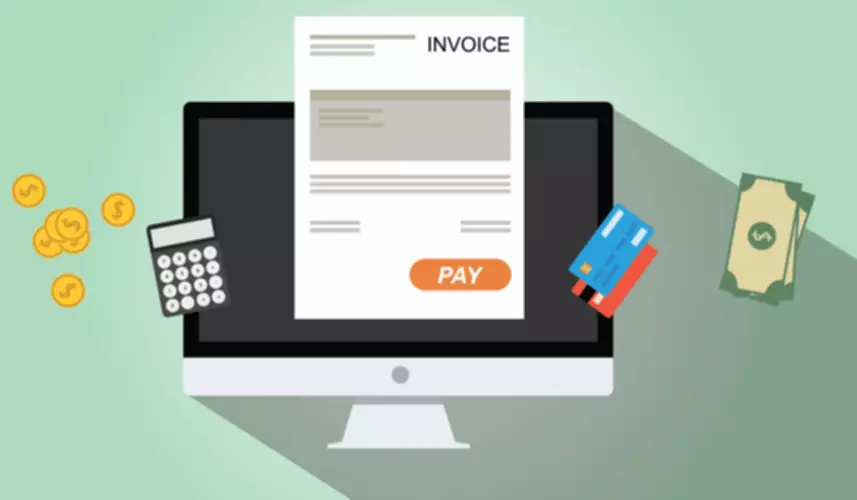Content

With a deeper understanding of their available owners equity, homeowners are better equipped to make sound financial decisions regarding their properties. To better understand what owner’s equity is, it is important to know why it can be beneficial. how is owner’s equity calculated Starting at the top of the statement we know that the owner’s equity before the start of 2021 was $60,000 and in 2021 the owner invested an additional $10,000. As a result we have $70,000 before considering the amount of Net Income.
How do you calculate an owner’s equity?
To learn how to calculate an owner’s equity, one must first define their assets as well as their debts and then subtract the debts from the assets. This results in a person’s net worth. The simple formula for determining owner’s equity is: Net worth = Assets – Liabilities If the value of their liabilities are greater than their assets, then they have negative owner’s equity or a net loss.
Through years of advertising and the development of a customer base, a company’s brand can come to have an inherent value. Some call this value “brand equity,” which measures the value of a brand relative to a generic or store-brand version of a product. Unlike shareholder equity, private equity is not accessible to the average individual.
Owner’s Equity: Everything You Need to Know
To calculate this, we’ll put the figures into our formula from above. Liabilities are any outstanding amounts that a business owes. For the most part, they are money owed to lenders, investors, and other companies. If your business receives goods or services on a credit basis, they would be considered liabilities until paid off. When you’re trying to calculate this, it’s important to understand what your business’s assets and liabilities are.
- This figure would be visible in some of the financial statements of the firm.
- Other examples of owner’s equity are proceeds from the sale of stock, returns from investments, and retained earnings.
- Starting a new business will require the investment of funds that are raised by the business owners.
- Changes in the value of one’s home will also impact their owner’s equity, whether it be positive or negative.
- Learn the owner’s equity formula and how to compute owner’s equity through given examples.
If a 2-liter bottle of store-brand cola costs $1 and a 2-liter bottle of Coke costs $2, then Coca-Cola has brand equity of $1. Home equity is often an individual’s greatest source of collateral, and https://www.bookstime.com/ the owner can use it to get a home equity loan, which some call a second mortgageor a home equity line of credit . An equity takeout is taking money out of a property or borrowing money against it.
Are You Claiming Tax Deductions on Your Home Office?
The only difference between owner’s equity and shareholder’s equity is whether the business is tightly held (Owner’s) or widely held (Shareholder’s). Assets, liabilities, and owner’s equity are the three parts that make up a business balance sheet.
- Profits, dividends and owner’s withdrawals are among the things that can change owner’s equity, and they must be reported on a statement of owner’s equity, the Corporate Finance Institute notes.
- Mezzanine debt is a form of private lending often issued by a commercial bank or a mezzanine venture capital fund.
- Assets, liabilities, and owner’s equity are the three parts that make up a business balance sheet.
- Conclusion In this article, we tried our best to explain what is owners Equity, and the Statement of the owner’s Equity.
- To use the previous example, the first owner would have 60 percent of $150,000 equity, or $90,000, and the second owner would have 40 percent of $150,000 equity, or $60,000.
- Shareholder equity is a company’s owner’s claim after subtracting total liabilities from total assets.
- Last year according to her balance sheet, her salon cost $1.5 million, the equipment she used was $1 million, beauty products cost $800,000, and her receivable amount was $400,000.
If there’s anything left, this amount is the equity of the business or the owner’s equity. The net asset value is calculated by subtracting the amount of your contra accounts from the sum of your business assets. The equity multiplier is a calculation of how much of a company’s assets is financed by stock rather than debt. A final type of private equity is a Private Investment in a Public Company . A PIPE is a private investment firm’s, a mutual fund’s, or another qualified investors’ purchase of stock in a company at a discount to the current market value per share to raise capital. Venture capitalists provide most private equity financing in return for an early minority stake. Sometimes, a venture capitalist will take a seat on the board of directors for its portfolio companies, ensuring an active role in guiding the company.
What is Owner’s Equity?
Only “accredited” investors, those with a net worth of at least $1 million, can take part in private equity or venture capital partnerships. Such endeavors might require form 4, depending on their scale. Note that total assets will equal the sum of liabilities and total equity. Of $4,000 for the sales made on the credit basis and cash of $10,000. Also, the company owes $15,000 to the bank as it took a loan from the bank and $5,000 to the creditors for the purchases made on a credit basis.
What is an example of owner’s equity?
Owner’s Equity = Assets – Liabilities
If Assets = $780 and Liabilities = $560, Owner’s Equity = $780 – $560 = $220.
Other examples of owner’s equity are proceeds from the sale of stock, returns from investments, and retained earnings.

